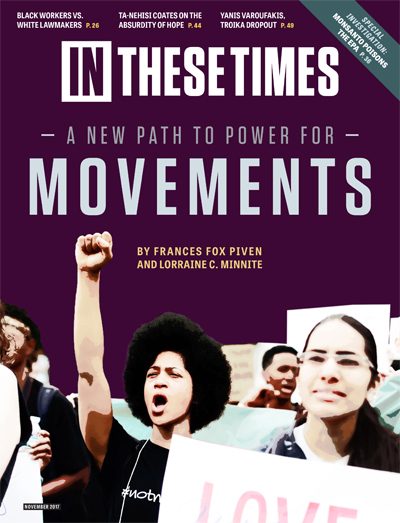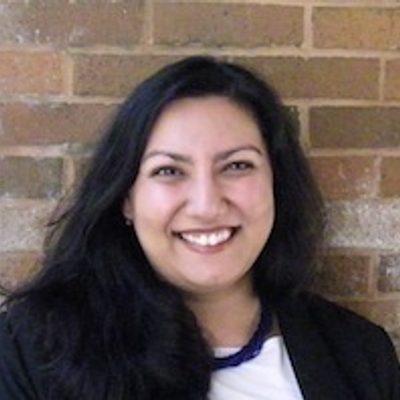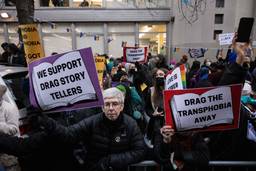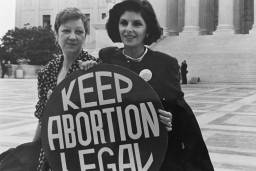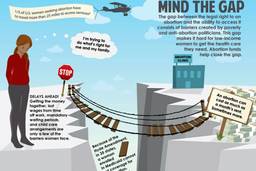Hurricane Relief, in the Spirit of Ella Baker
These volunteers are rebuilding northeast Houston, with a dose of transformative justice.
Eesha Pandit
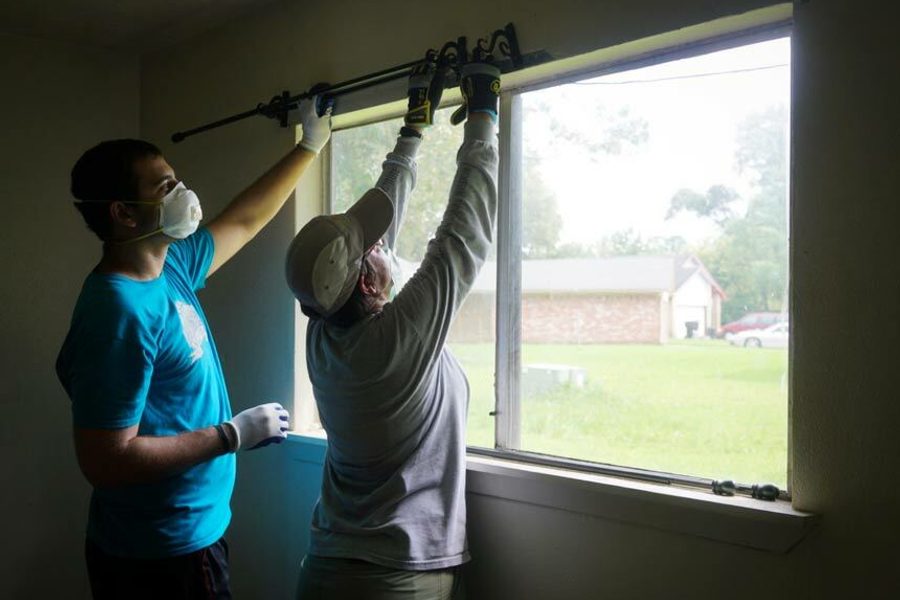
HOUSTON — Underneath a noisy highway overpass sits St. John’s Downtown Church. In the aftermath of Hurricane Harvey, which brought 19 trillion gallons of water upon the city and displaced more than 30,000 people, the church gymnasium has been transformed into an aid center.
On September 9, St. John’s was the site of a volunteer training organized by BLMHTX, a Black-led local collective of academics, activists, artists, religious leaders and community organizers.
In addition to passing out gloves and face masks and offering tips on how to remove wet flooring, drywall and mud, the BLMHTX team asked each volunteer to sign an agreement by writer and member Josie Pickens. “Offer help with humility,” it says, and “Listen more than you speak.” The final guideline reads, “Do not expect to be celebrated for your efforts by community members, or anyone. We must remember that this mission is not meant to center the collective or volunteers in any way. We are in these communities to give and not to receive.”
“We did not want to add any additional trauma to those affected,” says Brandi Holmes, BLMHTX director of strategy and community organizing, “and we wanted to show our love, respect, and treat folks with dignity.”
BLMHTX is focusing its energy on low-income communities of color in northeast Houston, where help was slowest to arrive. “Black and Brown communities by government definition are considered underserved,” says Secunda Joseph, the group’s director of smart media and community organizing. “In a time of devastation and confusion, we were sure our communities would be a second thought.” So, just as soon as the water began to drain from Houston’s vast highway system, allowing travel across the city, the group began hosting regular weekend cleanup and aid distribution days that will likely continue for months.
Volunteers arrive early Saturday morning and are organized into mucking teams of five to eight. The teams clear out mud and silt-covered belongings and help families get homes ready for rebuilding. The silt and mud are pervasive, a thin veneer over most everything, hard to remove and hard to forget. Even weeks after Harvey, a drive through Houston involves driving past piles of drywall, fiberglass, wood and furniture. Entire lives lie out on the curb.
The group has now helped more than 600 people. BLMHTX’s network of religious groups, including an anti-hunger program of St. John’s called Bread of Life, allowed the organizers to find the gaps in city services. “A month after the storm, residents on the northeast side of the city are not receiving clear or up-to-date information about the city’s plans to aid with clean-up and basic services and support that are still very much needed,” Joseph says. Those services include assistance from groups like the Red Cross and FEMA. “It is not lost on us or the residents of the northeast side that people in other, more affluent areas of the city have not had to contend with such delays,” she says.
“We are in this for the long haul,” Joseph adds. “We have a multi-phase relief effort that involves not only providing the more immediate needs of mucking and cleaning, but also the more long-term needs, including legal aid, relocation assistance, insurance consultations and mental health services. In the end, we want to see folks in the northeast community restored better than they were before the storm hit.”
The leaders of BLMHTX have worked in this deliberate and determined way since the organization’s founding about two years ago. Their philosophy of social change is rooted in Ella Baker’s model of community organizing: decentralized, local leadership with a focus on direct action, education and community empowerment. They eschew the common tendency then (and now) to value only charismatic male leadership. BLMHTX’s leaders center humility, resist centralized power, and strive to stay accountable to their community above all else.
Eesha Pandit is a Houston-based writer, activist and freelance consultant who believes in social justice movements, the power of intersectionality, feminism, sisterhood and the power of collective action.
Her writing can be found at Crunk Feminist Collective, Feministing, Salon, The Nation, RH Reality Check, Feministe and In These Times. She has also appeared on numerous TV news outlets including CNN, HLN, MSNBC and Grit TV with Laura Flanders.
